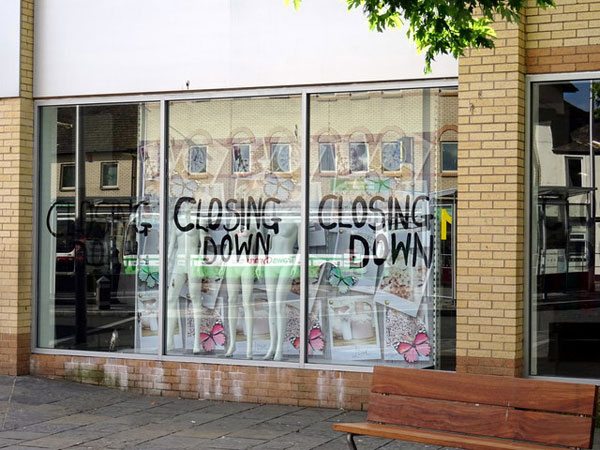
October 18, 2017; Wall Street Journal
A phrase that is occasionally thrown around among health-related nonprofit professionals, particularly those working towards a disease cure, is the idea of “working myself out of a job,” or working toward a cure so the nonprofit is no longer needed.
But what happens to the organization when a cure actually does emerge? Is it a clear-cut decision to wind down operations? The fact is that closing those doors relinquishes infrastructure that could perhaps be legitimately retooled for other existing needs.
On the other hand, as the 79-year-old March of Dimes case implies, leaders must confront themselves with the essential question about what is driving them—institutional survival, or community need? The question’s not always easy to pose or to answer.
HIV nonprofits have been facing this issue of relevance for at least a decade as we reported last year in a story from San Francisco where HIV groups were retooling to serve more chronic care patients, or merging or going out of business entirely. Here is how the changing scene was described there:
Clients have gone from young men who were dying at 25 to older patients who, at 55, are still living. Currently, more than half of the people with HIV in San Francisco are 50 or older.
The agencies providing food service have, over time, had a redefinition in what constitutes a healthy meal. In their infancy, these organizations provided menus of high-carb, high-calorie comfort foods for clients who were experiencing great weight loss; now, they’re serving healthier food to those living with diabetes and heart disease.
Sign up for our free newsletters
Subscribe to NPQ's newsletters to have our top stories delivered directly to your inbox.
By signing up, you agree to our privacy policy and terms of use, and to receive messages from NPQ and our partners.
Technology and online services have replaced the need for phone lines offering information. San Francisco AIDS Foundation, founded in 1982, shut down its phone lines, which had become irrelevant to patients who could search out needed knowledge on the Internet.
Another shift for some agencies: expanding the focus beyond AIDS. Several nonprofits now provide service to cancer patients and those with heart disease.
So, especially with more seniors considering aging in place, HIV nonprofits find themselves in an interesting situation because their organizations are not necessarily irrelevant. Not only have certain groups, namely Latino gay and bisexual males and gay and bisexual males 25 to 34 years old, seen their new HIV infection rates increase, but there is an expansive demand for the types of services that were originally established for HIV-affected patients.
Several New York HIV nonprofits illustrate this. The Alliance for Positive Change, formerly AIDS Service Center NYC, expanded its operations and took over the Lower East Side Harm Reduction Center. The Alliance for Positive Change was able to utilize its already successful service model and modify it to apply to different needs, such as substance abuse and mental illness treatment. Executive Director Sharon Duke says, “Organically, we began to address and learn about these other chronic health conditions. We took our HIV model of care and expanded it to address other chronic conditions. And then we were able to leverage Medicaid resources.”
Community Health Action of Staten Island, formerly The Staten Island AIDS Task Force, similarly expanded its service offerings to include insurance enrollment assistance, a food pantry, and post-incarceration re-entry.
Still, as we mentioned at the top of this newswire, nonprofits must interrogate themselves about how much of their retooling has to do with community need and how much has to do with an institutional will to live.— Sheela Nimishakavi and Ruth McCambridge













